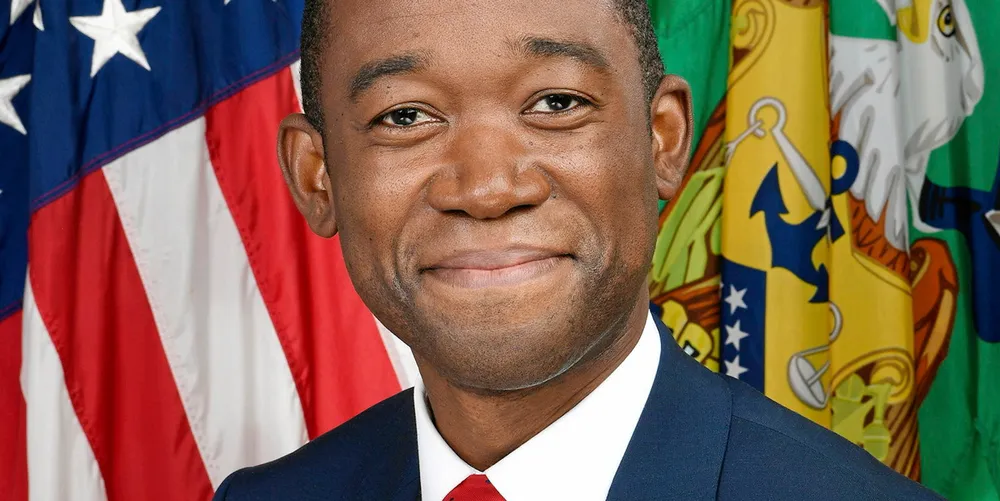'Vital' | US revives tax credit as clean energy supply chain booster with $4bn funding pot
Washington earmarks 30% tax incentive for projects that help spur development of domestic supply chain for renewables and critical minerals industries

Washington earmarks 30% tax incentive for projects that help spur development of domestic supply chain for renewables and critical minerals industries
